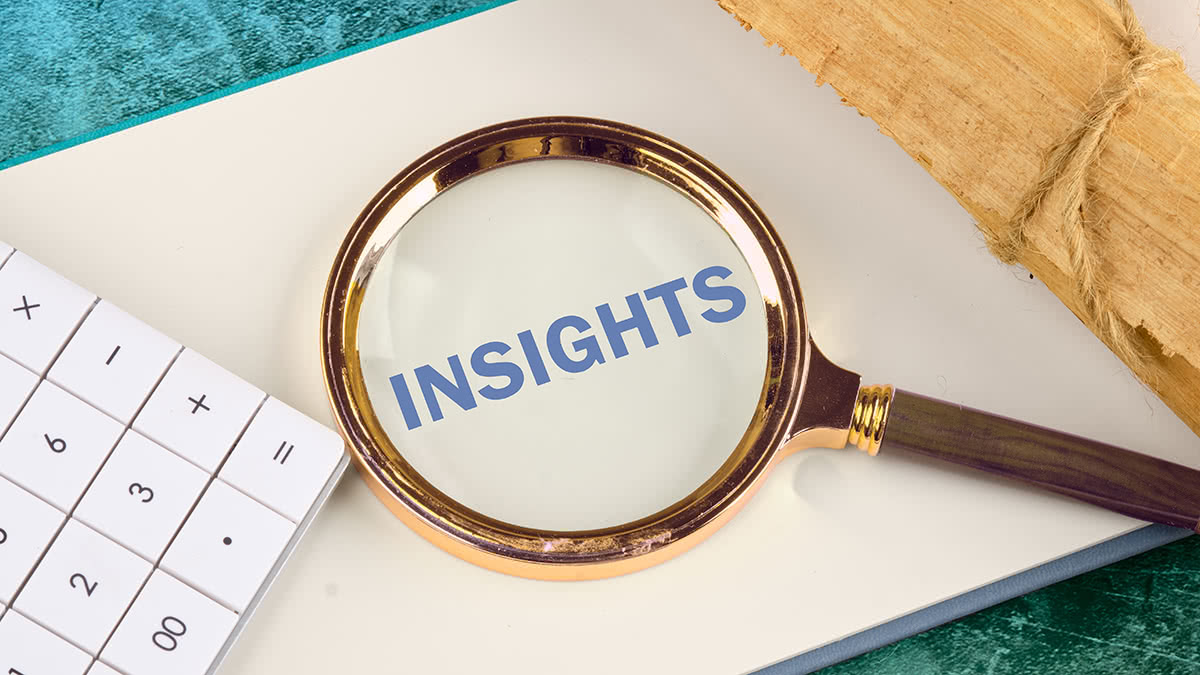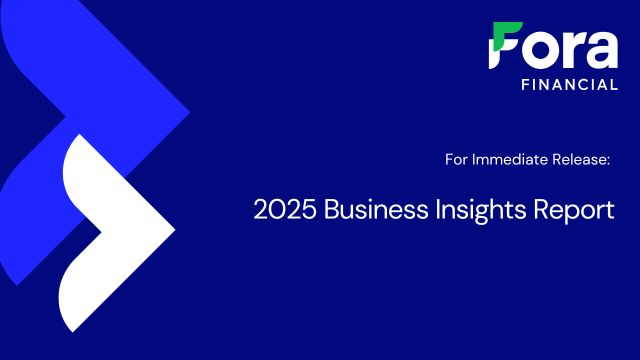The Top Pros and Cons of an Unsecured Line of Credit

One of the biggest challenges you may face as a business owner is maintaining an adequate cushion against fluctuations in cash flow.
Changes in revenue are normal for many businesses, and in months when you have less cash available, you may need an alternative source of funds to meet your financial obligations.
For example, an unsecured line of credit is a flexible solution that allows you to access capital when needed and pay it back as you can, assuming you meet the lender’s terms.
A line of credit is a lending arrangement between a financial institution and a business or individual. It’s considered unsecured when the borrower isn’t required to put up assets as collateral. Lenders compensate for the additional risk associated with unsecured loans by limiting the funds you can borrow and charging higher interest rates.
While unsecured lines of credit have many advantages, they also have their limitations. In this post, we’ll explore the pros and cons of an unsecured line of credit, so that you can determine if this is the best way to meet your cash flow needs.
Should Your Business Pursue an Unsecured Line of Credit?
Pro: No Collateral Required
Unlike a secured line of credit, collateral isn’t required for this type of financing. Therefore, your business or personal assets can’t be seized if you default on your payments. Still, you’ll need to adhere to the lender’s terms and make your payments on time to maintain good standing. If you fail to do so, the lender will likely send debt collectors to secure repayment and defaulting on payments will negatively impact your credit score.
Con: Smaller Loan Amounts
As you probably know, business lenders profit on loans by charging interest. However, they'll lose money if aren't able to responsibly pay back your loan amount.
To offset the higher risk of default with unsecured lines of credit, lenders typically limit the amount of money you can borrow. Your credit limit is based on your credit history and characteristics of your business — if either is deemed risky, the amount of credit you’re given may be small.
Pro: Open-Ended Financing
Traditional bank loans typically disburse funds for a specific purpose and require you to pay them back in regular installments. However, a line of credit is available for you to borrow from only when you need it, and you can use borrowed funds for any reason.
Although you don’t have a set repayment schedule with a line of credit, you’ll need to make minimum monthly payments if you carry a credit balance. In addition, you’ll be charged interest on any funds you borrow that aren’t repaid immediately.
Con: High Interest Rates
For the same reason lenders limit the amount you can borrow, they also charge higher interest rates on unsecured loans. According to Debt.org, the average rate on an unsecured line of credit in 2015 ranged from 9 to 15 percent, and these rates can be much higher if you have weak credit. They can also vary, depending on the prime rate. Ultimately, higher interest rates mean higher monthly payments if you tend to carry a balance.
Pro: Quick Processing Time
While the application process for a traditional bank loan can take weeks or months if you’re a small business owner, the processing time for a business line of credit is typically much faster. This is especially true if you apply for financing from alternative lenders. If you have a strong credit history and a good credit score, you could be approved for a line of credit in at little as 24 hours.
Con: It’s Easy to Overspend
Because you can withdraw funds as needed, you may be tempted to overspend or abuse your line of credit. Also, if you aren’t disciplined with credit cards, you may quickly find yourself in over your head with a line of credit.
Other Popular Business Financing Options:
Although an unsecured line of credit is beneficial to many business owners, it’s important to weigh all your funding options. Here are some other financing products that you should consider:
Merchant Cash Advances: Does your business accept a high volume of credit card transactions? If so, a cash advance could be a viable option. You’ll receive a lump sum, and in exchange, will remit a percentage of your future credit card sales to fulfill your obligation.
Revolving Line of Credit: With revolving credit, you’ll receive a maximum credit line that you can borrow against. Then, you can either repay the amount you’ve used all at once, or in regular payments. This amount will never go away; as long as your account remains open, you can borrow up to the designated amount, and once you pay it back, you can borrow up to that amount again.
Non-Revolving Line of Credit: Unlike revolving credit, once you spend the amount you were approved for, it’s gone. Even once you repay it, the line will no longer exist, so you’ll need to apply for another line.
Secured Line of Credit: For businesses with poor credit, a secured line of credit can be a great option. You’ll submit collateral to secure the line of credit, which makes it easier to qualify (even if you have a low credit score).
Bridge Financing: If your business gets paid in installments, bridge financing might be worth pursuing. When you’re in-between customer payments, you can use this type of financing to bridge the gap.
Equipment Loan: Does your business need equipment to produce your products or services? If so, an equipment loan will enable you to afford the tools that you need.
Inventory Financing: Most businesses require some form of inventory to sell or use for operational purposes. If you need financing specifically for inventory, you should consider pursuing this option.
Conclusion: Consider Unsecured Credit Lines
When it comes to business financing, there’s no one-size-fits-all solution, and unsecured lines of credit aren’t right for everyone.
Before selecting a funding program, weigh your financing options along with your business needs and spending habits. Then, pick the solution that best aligns with your circumstances and goals.
Editor’s Note: This post was updated for accuracy and comprehensiveness in January 2022.
Since 2008, Fora Financial has distributed $4 billion to 55,000 businesses. Click here or call (877) 419-3568 for more information on how Fora Financial's working capital solutions can help your business thrive.






